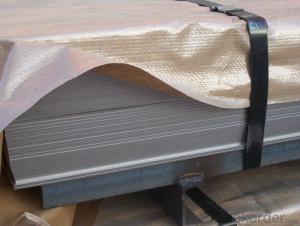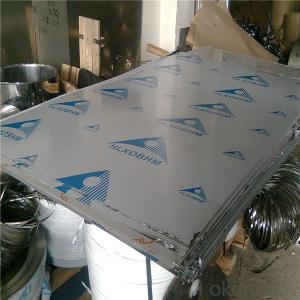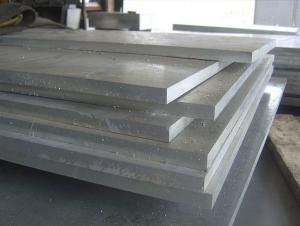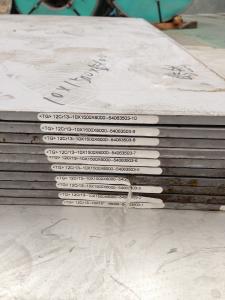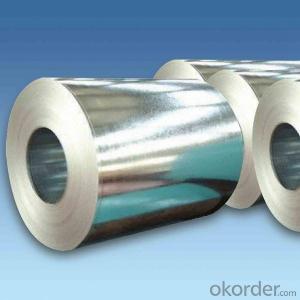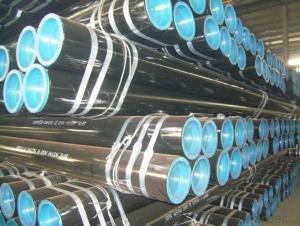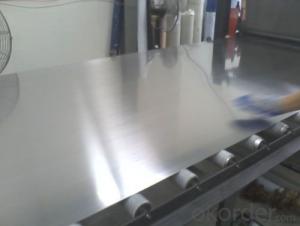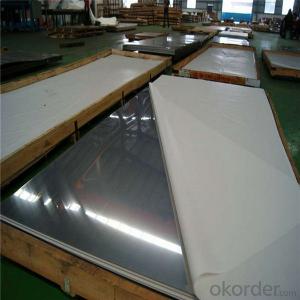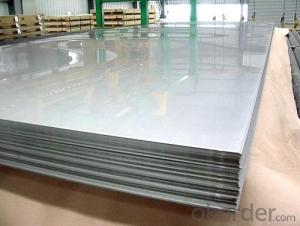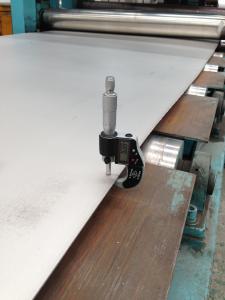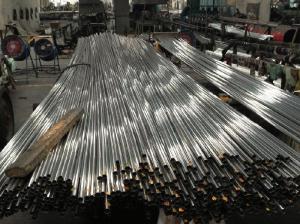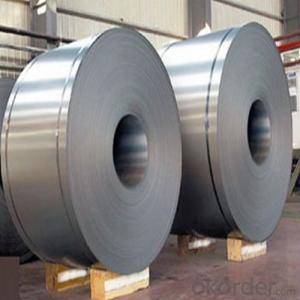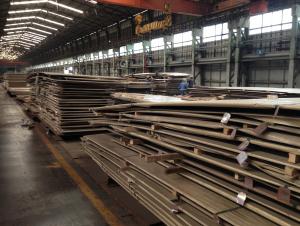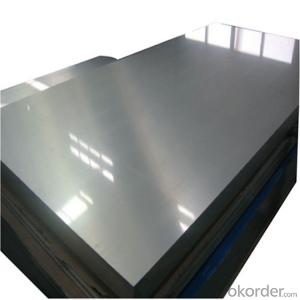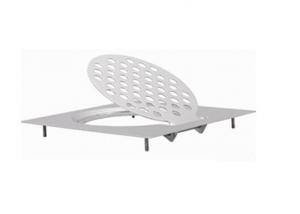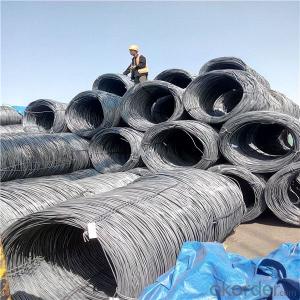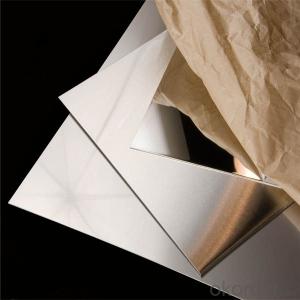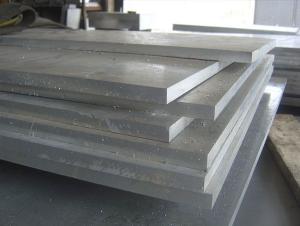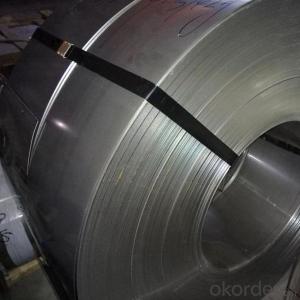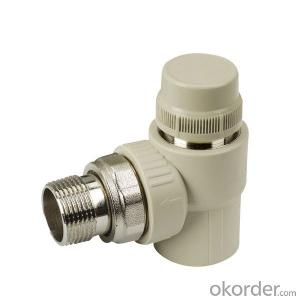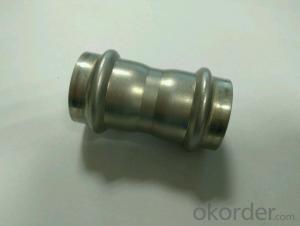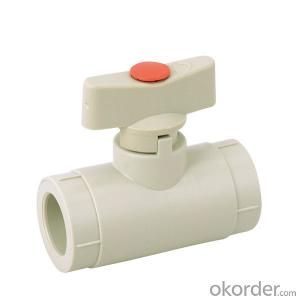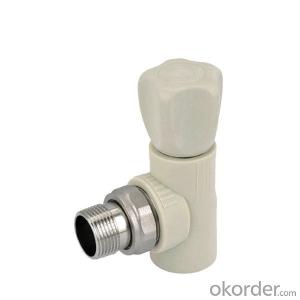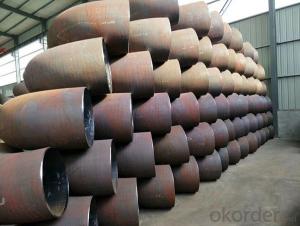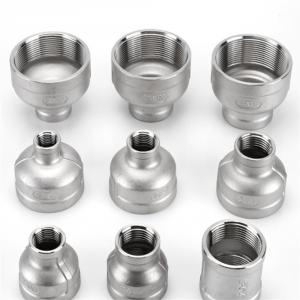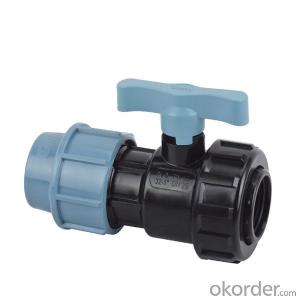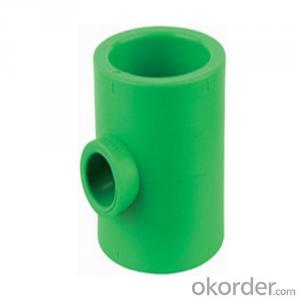Grades Of Stainless Steel Chart
Grades Of Stainless Steel Chart Related Searches
Stainless Steel Grades Chart Stainless Steel Grade Chart Grades Of Stainless Steel Stainless Steel Grade Best Stainless Steel Grades Types Of Stainless Steel Grades Stainless Steel Thickness Chart Marine Stainless Steel Grades Stainless Steel Gauge Chart Stainless Steel Price Chart Stainless Steel Guage Chart Stainless Steel Pipe Chart Stainless Steel Ratings Medical Grade Stainless Steel Food Grade Stainless Steel Marine Grade Stainless Steel Cold Rolled Steel Grades Stainless Steel Strength Density Of Stainless Steel Stainless Steel Numbers Hardness Of Stainless Steel Stainless Steel Quality Stainless Steel Wall Plates Stainless Steel Weights 304 Stainless Steel Food Grade Stainless Steel Structure Sg Cast Iron Grades Stainless Steel Yield Strength Stainless Steel Density Stainless Steel PlatesGrades Of Stainless Steel Chart Supplier & Manufacturer from China
Stainless steel is a versatile material known for its corrosion resistance, durability, and aesthetic appeal, and it is categorized into various grades to suit different applications. The Grades of Stainless Steel Chart is a comprehensive guide that lists and details the distinct properties and characteristics of each grade, helping users to select the most appropriate material for their specific needs.The Grades of Stainless Steel Chart is widely used in industries such as construction, automotive, aerospace, and food processing, where the choice of stainless steel grade can significantly impact the performance and longevity of the final product. This chart serves as an invaluable resource for engineers, designers, and procurement professionals, enabling them to make informed decisions based on the unique requirements of their projects.
Okorder.com is a leading wholesale supplier of a vast array of products, including the Grades of Stainless Steel Chart. With a large inventory and a commitment to customer satisfaction, Okorder.com ensures that businesses have access to the information they need to make the best choices for their stainless steel requirements.
Hot Products
